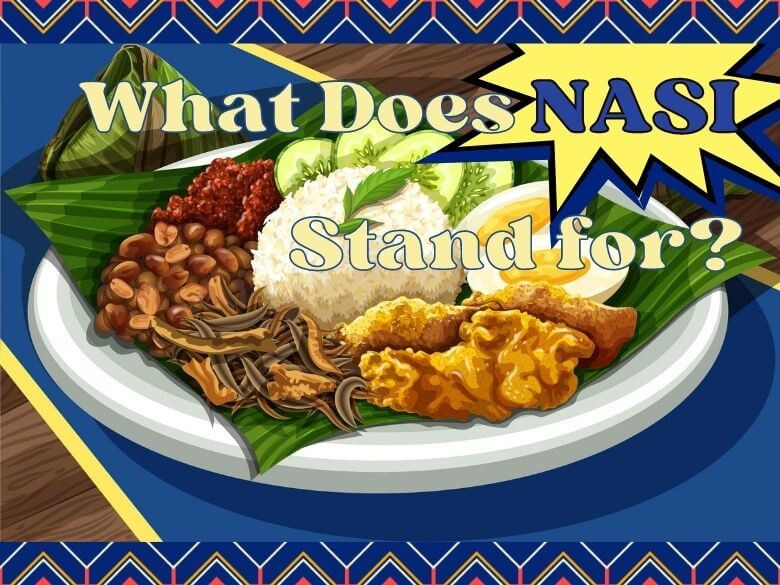A Beginner's Tour of the Regional Cuisines of Indonesia
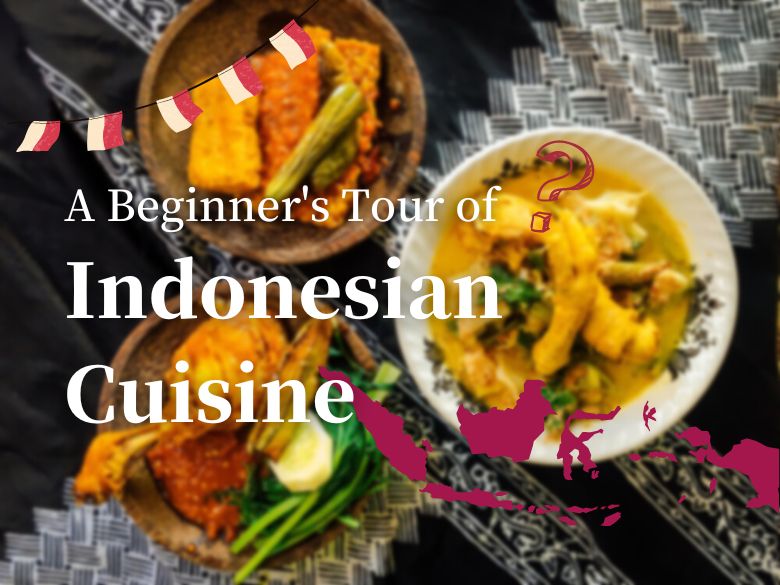
Indonesia, the largest island country in Southeast Asia, has more than 1,300 ethnic groups and over 17,000 islands separated by the sea. As a result, Indonesian culture has always presented a diverse and complex appearance, and the cuisine that has developed is naturally endless. So, where should you start if you want to learn about Indonesian cuisine? The World Gourmet Platform has summarized the five main local cuisines in Indonesia for you. These five styles of cuisine are not only common in Indonesia but also have a certain level of popularity internationally. If you want to get to know Indonesian cuisine, why not start with these five cuisines?
Javanese Cuisine
Javanese cuisine certainly originated from the island of Java, and it is important to note that this cuisine is only found in Central and East Java. West Javanese cuisine does not belong to this style. Javanese cuisine is mainly influenced by two historical kingdoms: the Sultanate of Yogyakarta and the Sultanate of Surakarta. In terms of taste, Central Javanese cuisine is sweeter and less spicy, while East Javanese cuisine is less sweet and more spicy. The reason for this difference is mainly due to the fact that East Java is adjacent to Madura Island, which is famous for its salt production. Many local dishes there only add salt and not sugar, and this food culture has also had an influence on the East Java region.
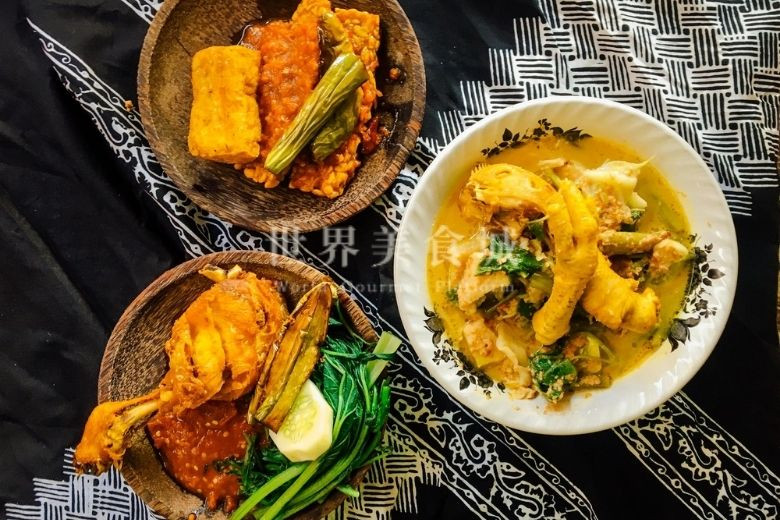
Famous Javanese dishes include braised young jackfruit (Gudeg) and coconut milk rice (Nasi Liwet). Gudeg uses unripe jackfruit and is simmered for hours with coconut milk and herbs. It looks like braised meat, but is actually a vegetarian dish. Gudeg is often served with chicken thighs and boiled eggs. Nasi Liwet refers to rice cooked with coconut milk, and is seasoned with Indonesian bay leaves, lemongrass, and other spices.
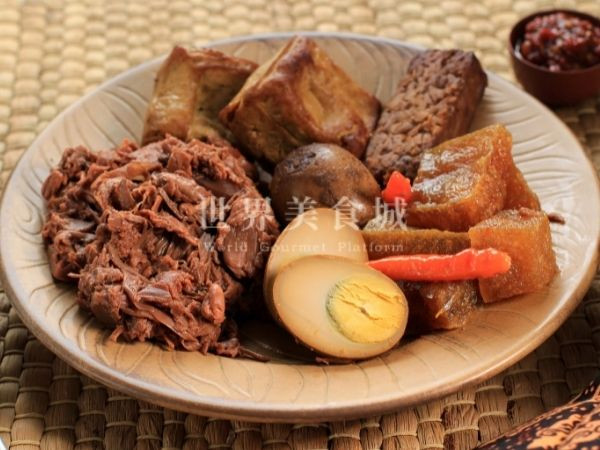
Gudeg
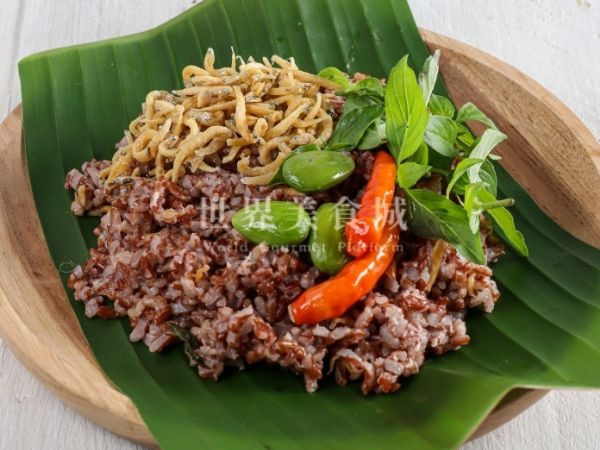
Nasi Liwet
Sundanese Cuisine
As mentioned in the previous paragraph, Javanese cuisine only covers Central Java and East Java, while West Java belongs to Sundanese cuisine. Sundanese cuisine and Betawi indigenous cuisine are the main styles in West Java and Jakarta, emphasizing the use of fresh ingredients and raw vegetables. Although the taste is relatively simple, Sundanese cuisine offers a wide range of flavors, including salty, sour, sweet, and spicy.
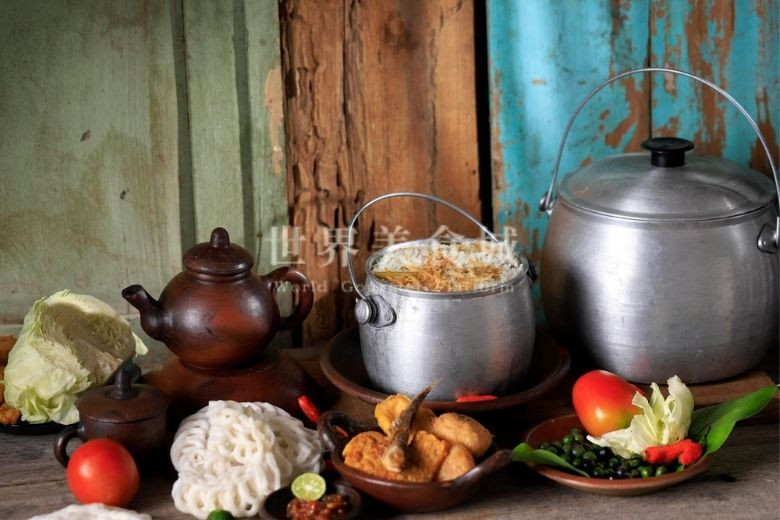
Sundanese cuisine often uses a seasoning called "Sambal Terasi (also known as shrimp paste sambal," which is a major player in the world of Indonesian seasoning. Sambal Terasi is often served with Lalab (a vegetable platter made of cucumber, tomato, cabbage, etc.), fried tofu, and tempeh. The main dish of Sundanese cuisine is known for its rice in bamboo called "Nasi Timbel (also known as bamboo rice)" which is usually served with Sambal Terasi, fried chicken, fried tempeh, and a bowl of Sayur Asam, a classic vegetable soup made with tamarind and spices. Together, these dishes make up a classic Sundanese meal.
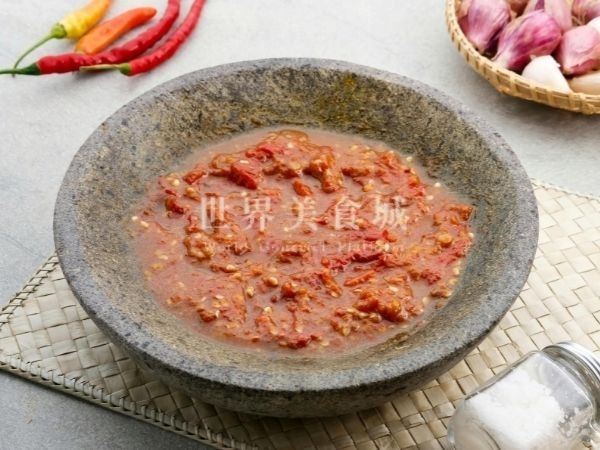
Sambal Terasi
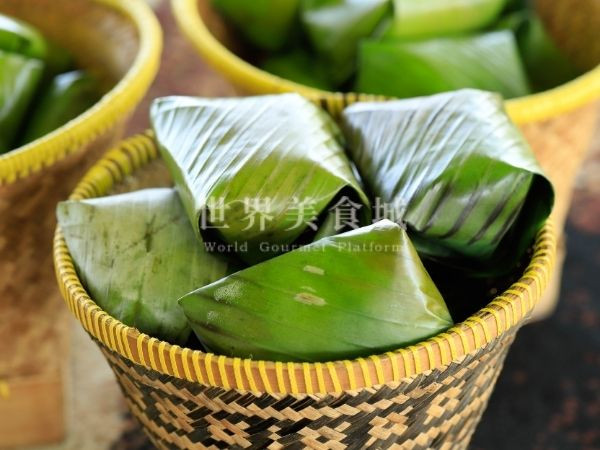
Nasi Timbel
Balinese Cuisine
In most regions of Indonesia, people mainly eat beef due to the Islamic teaching. But Balinese cuisine, due to the strong Hindu belief, has become the only Indonesian cuisine that uses pork and does not eat beef. Balinese cuisine is known for its rich spices and strong flavor, and Basa Genap, a Balinese spice blend, is the base of most Balinese sauces, whether it's for dipping vegetables or making curry.
If you travel to Bali, you must try the local specialty dish roast pigling rice (Babi Guling). If you want to try, remember that Babi Guling is a breakfast dish, and it is usually sold out before noon. In addition, the spice roasted chicken (Ayam Betutu) and spice roasted duck (Bebek Betutu) 也are also signature dishes in the region. They are coated with fragrant spices on the surface and stuffed with cassava leaves inside. (Image: Bebek Betutu)
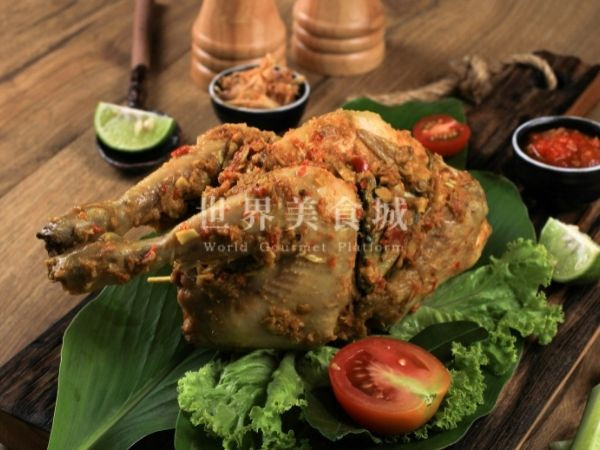
If you want to eat satay, the most famous type in Bali is called "Sate Lilit". Unlike other types of satay which skewer small pieces of meat onto bamboo sticks, Sate Lilit wraps the meat around flat bamboo sticks, lemongrass or sugarcane. The meat has various options such as chicken, fish, pork, and even turtle meat.
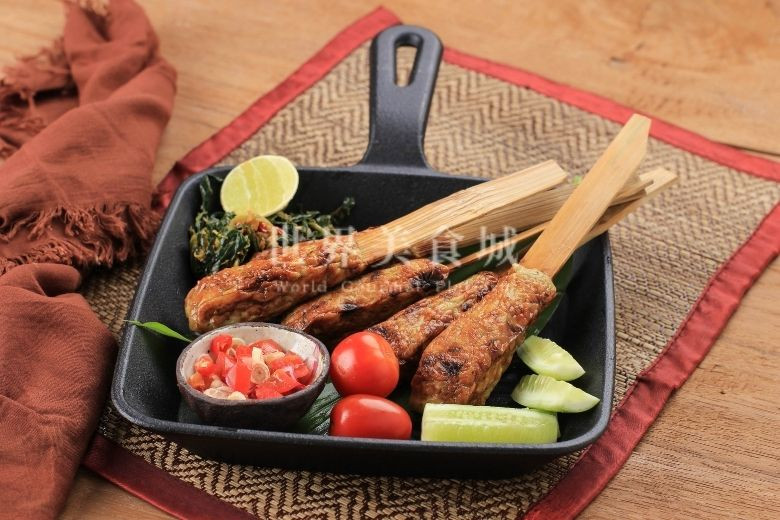
The most popular seasoning in Bali is Sambal Matah, which is made with lemongrass, lime, and shallots. Its appearance is more like a salad than a typical sambal sauce.
Padang Cuisine (Minangkabau Cuisine)
Invented by the indigenous "Minangkabau" people living on highlands of western Sumatra, the cuisine of "Padang" was named after the local city Padang. Due to its geographic location, Padang cuisine has been heavily influenced by Indian and Middle Eastern food cultures, with strict adherence to Islamic dietary customs. The cuisine often incorporates curry sauce mixed with coconut milk and strong spices.
Padang cuisine is highly popular throughout Indonesia, with many common Indonesian dishes belonging to the Padang cuisine, such as Nasi Padang, Rendang, and Gulai. These dishes are not only popular in Indonesia but also in Malaysia and Singapore. Among them, Nasi Padang is considered to be the quintessence of Indonesian cuisine because it features a variety of common meats and vegetables on one plate and is a widely mentioned dish in Indonesia. Common side dishes include various sambal sauces, rendang, fish curry, skinless fried chicken (Ayam Pop), various stews, and so on. If you ask an Indonesian person how delicious Nasi Padang is, they will surely talk endlessly about it.
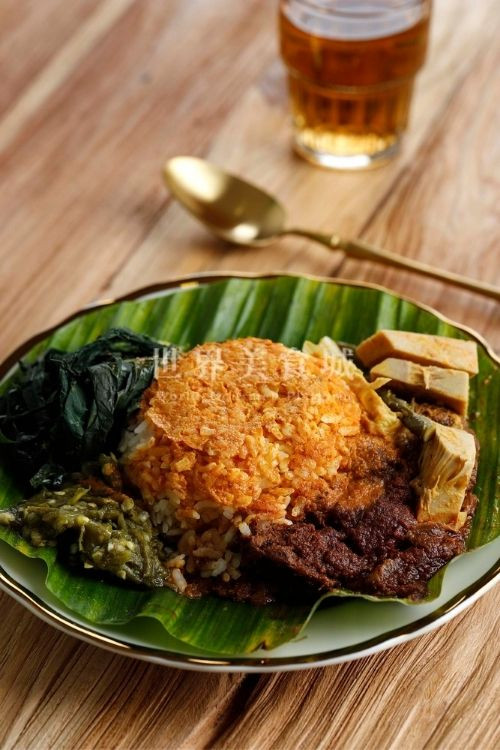
The sauce of Padang cuisine is famous for its Sambal Balado, which is made with tomatoes and kaffir lime. It has a bright red color and is full of spiciness. In Indonesian cuisine, sambal is typically served as a dipping sauce on the side of a dish, but Sambal Balado is used for cooking and stir-frying food. Many popular Padang dishes involve stir-frying the ingredients with the spicy sauce, such as spicy fried eggs (Telur Balado),spicy stir-fried eggplant (Sambal Terong Balado), spicy stir-fried shrimp (Udang Balado), and so on.
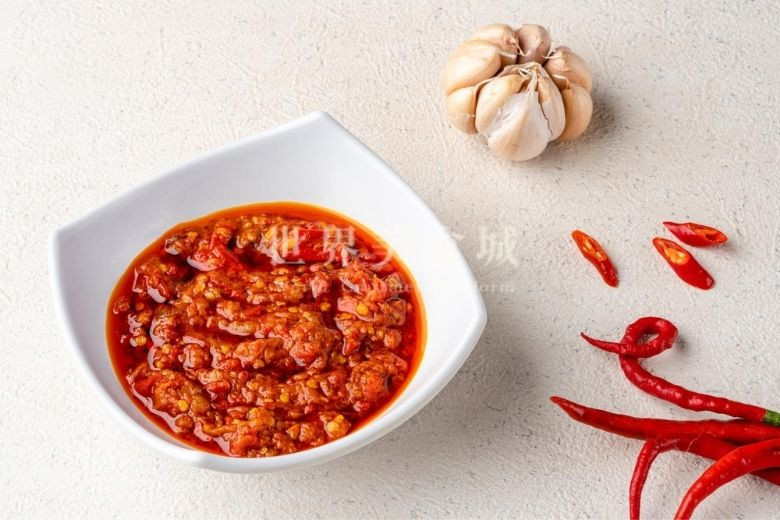
Minado Cuisine (Minahasa Cuisine)
Compared to the aforementioned cuisines, Minahasan cuisine is relatively less well-known, but it has gradually become popular in recent years. Originating from the northern part of Sulawesi Island, Minahasan cuisine is famous for its abundant seafood and exotic meats, as well as its extremely spicy seasoning and abundant use of spices.
As many Minahasan people are Christians, they have a diverse choice of meats that includes pork, wild boar, and even dog and bat meat in their cuisine! There is a traditional Minahasan dish called "Paniki", which is made by simmering bat meat with curry and coconut milk. Although some restaurants immediately stopped serving any bat dishes during the outbreak of the COVID-19 pandemic to avoid causing panic, they are still popular in Sulawesi Island overall. (Image: flickr)
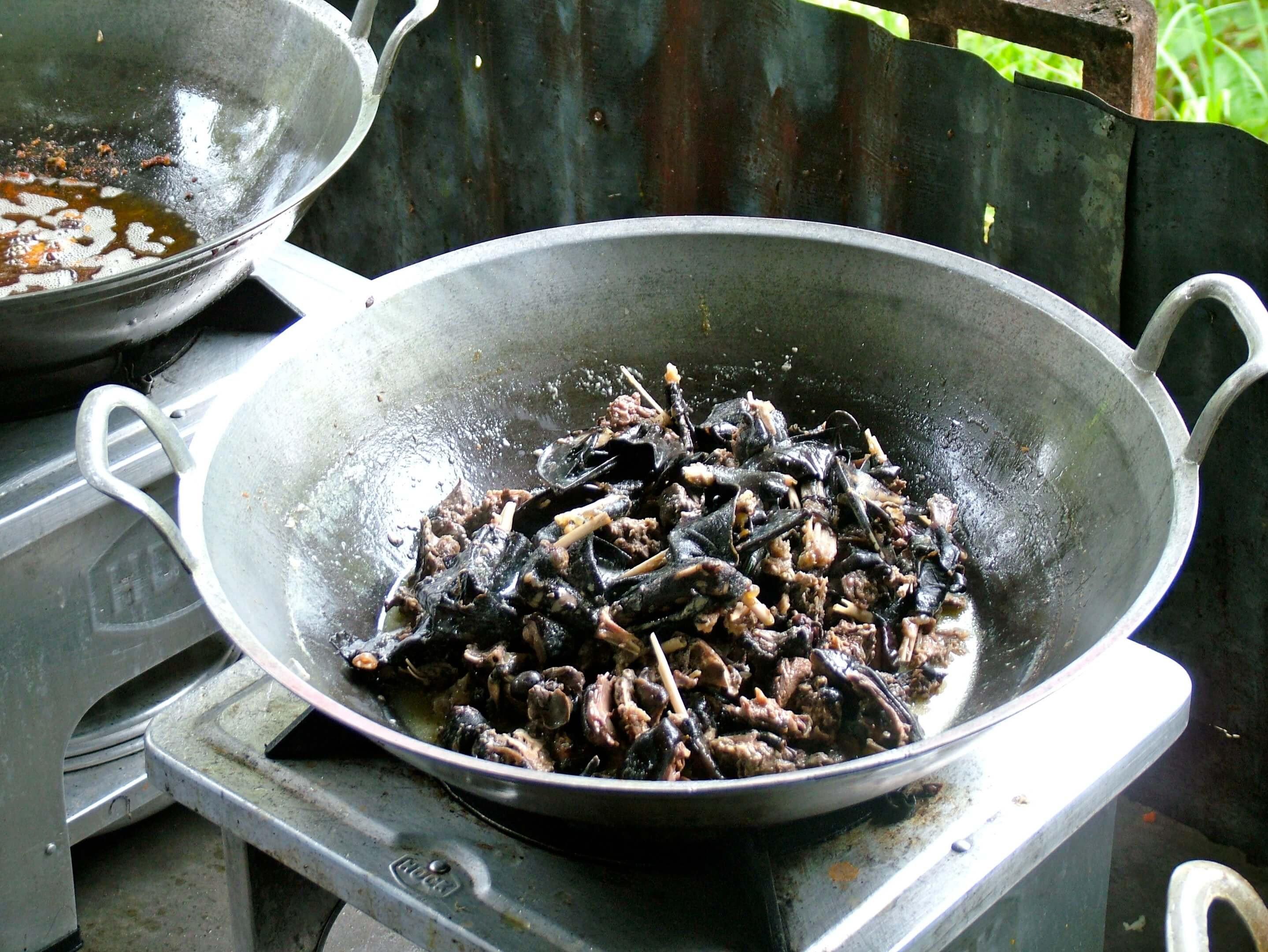
Other famous dishes include spicy chicken (Ayam Rica-Rica), whose sauce is made by pounding a mixture of red chili, green chili, bird's eye chili, shallots, garlic, and other aromatic spices. It is then simmered with lemongrass and lime juice before being stir-fried with chicken. Another dish is smoked skipjack tuna (Cakalang Fufu), which involves removing the innards of the tuna and smoking it with coconut shells. It can be eaten directly, deep-fried, or served with sambal.
The well-known sauce in Minahasan cuisine is Dabu-Dabu sauce. It is somewhat similar to Bali's Sambal Matah and is made by mixing ingredients such as raw chili, onion, tomato, and lime juice. It is commonly used to be served along with seafood dishes in the region, and pairs well with the smoked skipjack tuna mentioned earlier.
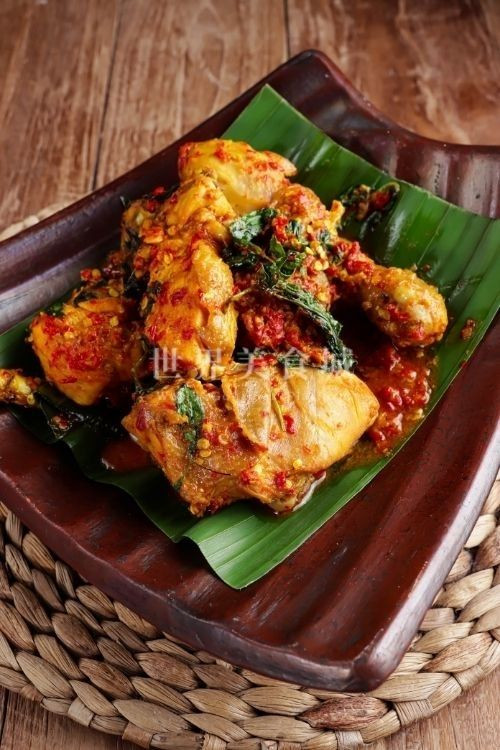
Immigrants Also Play a Big Role!
The diversity of Indonesian cuisine is not only due to the development by local ethnic groups, but also influenced over centuries by immigrants from Europe and Asia. In the next chapter, we will focus on the cuisine brought by immigrants throughout history. Next time you visit an Indonesian restaurant, keep an eye out for the dishes mentioned above!



